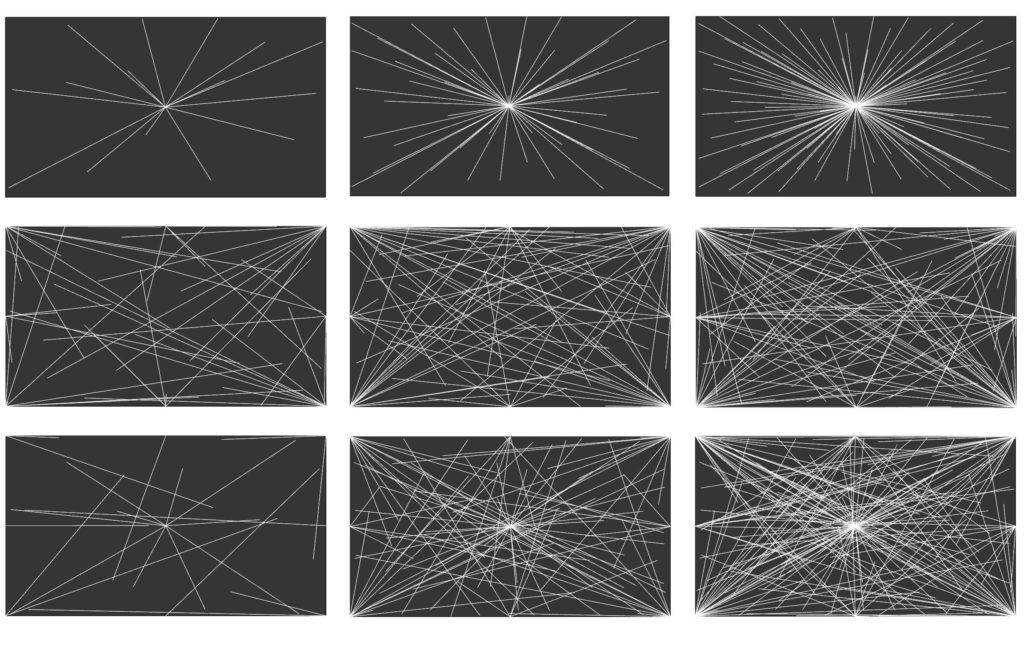PK#18 Marzo 2023
Edited by Luca Fabbris and Alberto Giustiniano
The seminar “Cerebral Inhibition” took place in New York exactly eighty years ago, in May 1942. The seminar, organized by Frank Fremont-Smith, then medical director of the Josiah Macy Jr. Foundation, was participated by many researchers from different fields: along with anthropologists Margaret Mead and Gregory Bateson, there were psychoanalyst Lawrence Kubie, social scientist Lawrence K. Frank, as well as neurophysiologists Warren McCulloch (co-author, with Walter Pitts, of a pioneering study on artificial neural networks to be published in 1943) and Arturo Rosenblueth. In that occasion, Rosenblueth presented the research he was carrying out with Norbert Wiener and Julien Bigelow. The research, which would have eventually led to the article “Behavior, Purpose and Teleology” (1943), demonstrated the functional equivalence between living beings’ teleological behavior and the behavior displayed by machines capable of self-regulation by means of feedback loops.
